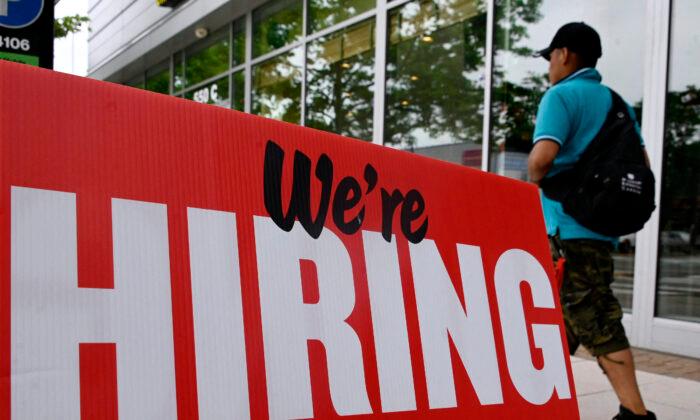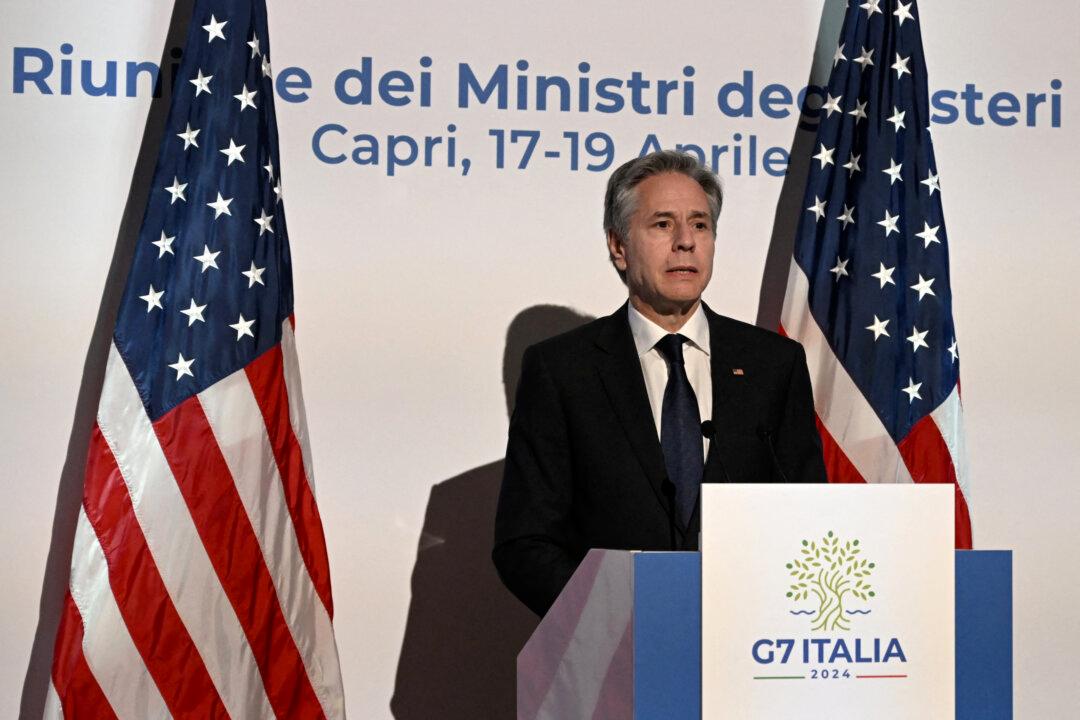The unemployment rate fell to 3.5 percent, from 3.7 percent in August. That was in line with economists’ expectations.
The labor force participation rate edged down to 62.3 percent. That’s 1.1 percentage points lower than in February 2020. Average hourly earnings eased to 5 percent year-over-year, down from 5.2 percent, while average weekly hours were unchanged at 34.5.
The total nonfarm payroll report showed that most of the job gains were concentrated in leisure and hospitality (83,000) and health care (60,000). Employment also increased in professional and business services (46,000), manufacturing (22,000), construction (19,000), and wholesale trade (11,000).
BLS data confirmed that jobs were lost in the financial services industry (negative 8,000), transportation and warehousing (negative 8,000), and government (negative 25,000).
“Today’s jobs report indicates the job market is chugging along, albeit at a slower pace, as available jobs still outnumber job seekers 1.7 to 1, and employer demand for talent remains elevated,” said Cody Harker, head of data and insights at recruitment advertising agency Bayard, in a note following the release of the jobs numbers.
“Though the labor market is still healthy, we expect further cooling as we head into the fall and employers scale back with a potential recession on the horizon. That being said, employment trends will hold steady for the foreseeable future, with job seekers prioritizing competitive wages, better perks, and remote flexibility; for instance, Bayard data shows that three-quarters of job seekers said remote work figures prominently in their decision to reject or accept a job offer.”
The BLS report also highlighted that the number of people not in the labor force and who currently want a job remained unchanged at 5.8 million and is still above the February 2020 level of 5 million. The number of people employed part-time but who would prefer full-time employment tumbled by 306,000 to 3.8 million. The number of people working two or more jobs was flat at 7.746 million.
‘Cracks Are Beginning to Appear’
Based on the latest wave of jobs data, some market analysts contended that these could be signs that cracks are forming in the labor market.Last month, U.S.-based companies announced intentions to slash nearly 30,000 jobs from their payrolls, the largest figure in three months, suggesting that hiring is slowing down and downsizing is starting to unfold. In addition, businesses announced plans to hire more than 380,000 workers, the lowest print since 2011.
Rising Unemployment to Fight Inflation
According to the September Summary of Economic Projections—the dot plot—the median unemployment was projected to rise to 4.4 percent in 2023, 4.4 percent in 2024, and 4.3 percent in 2025.The objective is to soften labor conditions to help fight inflation, something that multiple central bank officials have discussed.
“Accomplishing price stability will require slower employment growth and a somewhat higher unemployment rate,” she said late last month.
Fed Chair Jerome Powell was candid during the post-Federal Open Market Committee (FOMC) policy meeting press conference, telling reporters that “the chances of a soft landing are likely to diminish.” This would result in slower economic growth and a “modest” jump in unemployment.
“We have got to get inflation behind us,” Powell said. “I wish there were a painless way to do that. There isn’t.”
Not everyone is convinced this is a realistic or fact-based strategy.
“We are skeptical of the Fed’s war on jobs as the solution to high inflation given that labor shortages are at the core of supply chain driven inflation,” Bryce Doty, the senior vice president and senior portfolio manager at Sit Fixed Income Advisors, said in a note.
Wharton Business School professor Jeremy Siegel thinks the Fed is “talking way too tough” and should be more concerned about triggering a recession rather than inflation.
“I would be very surprised if we were to simultaneously—as the Fed believes or the Fed forecasts—bring inflation down to something approaching the 2 percent range and, at the same time, see unemployment rise no higher than 4.4 percent,” he told the newspaper. “It continues to be my view that we are unlikely to achieve inflation stability without a recession of a magnitude that would take unemployment towards the 6 percent range.”
Investors have been bracing for a rate cut next year.
“If you look at history, the time between the last hike and first cut is usually not very long: 9–12 months so it’s reasonable to expect the first cut to happen late in 2023 or at the latest by Q1 2024,” Jan Szilagyi, CEO and co-founder of investment research firm Toggle, said in a note.





